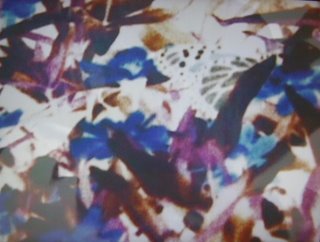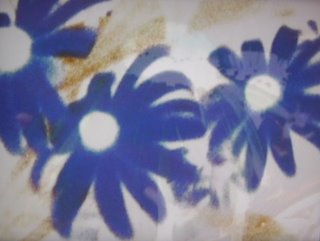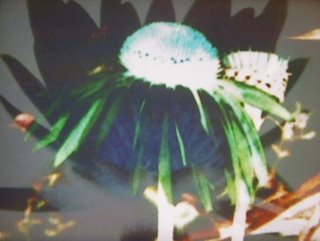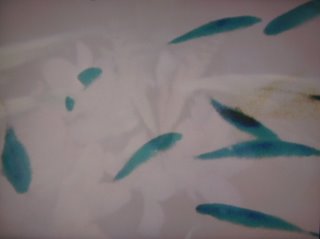
The Garden Dissolves into Air es un film creado para contemplar, dejarse llevar y meditar. Un bálsamo de paz y tranquilidad filmado con dedicación y fragilidad por Jennifer MacMillan, que alcanza un tempo particular, apto para hipnotizar.
Imágenes estáticas de un jardín idílico se yuxtaponen sutilmente hasta conformar una visión homogénea de flores, plantas, peces y mariposas, encadenándose simultáneamente en positivo y en negativo. Intercambiando y superponiendo sus formas, flora y fauna fluctúan mutuamente, para disolverse en cuadros abstractos de cromatismos opuestos.
Filmado en súper 8, kinescopado a 16mm por medio del optical print y post-producido digitalmente, el film alcanza un estado etéreo y atmosférico con la música ambiental de Brian Eno.
The Garden Dissolves into the Air es una hermosa pieza de orfebrería que se sitúa al lado de filmes experimentales de temática similar como The Garden of Earthly Delights de Stan Brakhage, The Gardener of Eden de James Broughton y Glimpse of the Garden de Marie Menken; todos ellos comentados y expuestos metodológicamente por Scott MacDonald en su ensayo The Garden in the Machine.


Jennifer MacMillan talks about The Garden Dissolves into Air:
-How did I come up with the idea of making a super 8 film of a garden?
The Brooklyn Botanical Garden is one of my favorite places in NY. I brought my super 8 camera with me (for two entire years!) because it is just my way of hanging out. I perceive things more intensely with my camera! So I was not intentionally planning a film.
-How did I come up with the idea of using the optical printer for super 8 to 16mm transfer & freeze frames?
The optical printer is my favorite part of filmmaking! I usually shoot all my films on super 8, because it is so easy & affordable! But then I usually transfer them on the optical printer, where the film takes shape. I love being able to photograph my film frame by frame, picking up the tiniest most fleeting gesture. (One frame of film equals 0.042 seconds!).
The transfer to 16mm gives a lovely grainy texture to the film too. It's entirely different than the original super 8. I use the freeze frame in all of my films. I should probably be using a tripod when I shoot my original super 8. For example, my footage of the flowers and butterflies from the Brooklyn Botanical Garden is very shakey & wobbly, just inept, but using the optical printer I can carve out a new beautiful slow film.
-How did I decide on dissolves?
I knew that my final version of the film would be a collection of freeze frames on video. This was my first video piece, and I am making an effort to learn Final Cut Pro (FCP) for the affordability of video & the very rad effects it offers. I struggle greatly with the technical aspects of film, and FCP helps me to create works that are closer to my imagination. (No, this is not an advertisement for Apple!). My friend, Nisi Jacobs, is a FCP instructor, and she showed me the dissolve effect, how to change opacity, superimposition, etc. That's when I had the idea to edit the freeze frames together as dissolves, instead of quick cutting.
I love flowers! I love butterflies! I love the light across the garden!
I love the sky!



Argentinian leader experimentalist Claudio Caldini has a Super 8 film titled Ofrenda made entirely of single frames of a garden full of daisies. shot over two days, this little poem accumulates images and bursts of color in a way almost impossible to put in words.
ResponderEliminarNice work Jennifer. do you submit it to any film/video festival?
best.
Glad you received well Jennifer.
ResponderEliminarthe only difference between an amateur and a proffessional filmmaker (or whatever you want to call it) is that the second submits his/her works to festival/showcases/etc.
I saw the movie of Claudio Caldini some years ago and the most remarcable difference between it and Jennifer's film is the tempo, the rhythm. Caldini's film is almost like a Pual Sharits stroboscope effect whilest the pace of the other is almost a Bill Viola tempo for meditation or whatever.
ResponderEliminarPablo I like the difference you have seen between amateur and profesional directors! I tell another: one loves the cinema as an art, the other works in the cinema for the money.